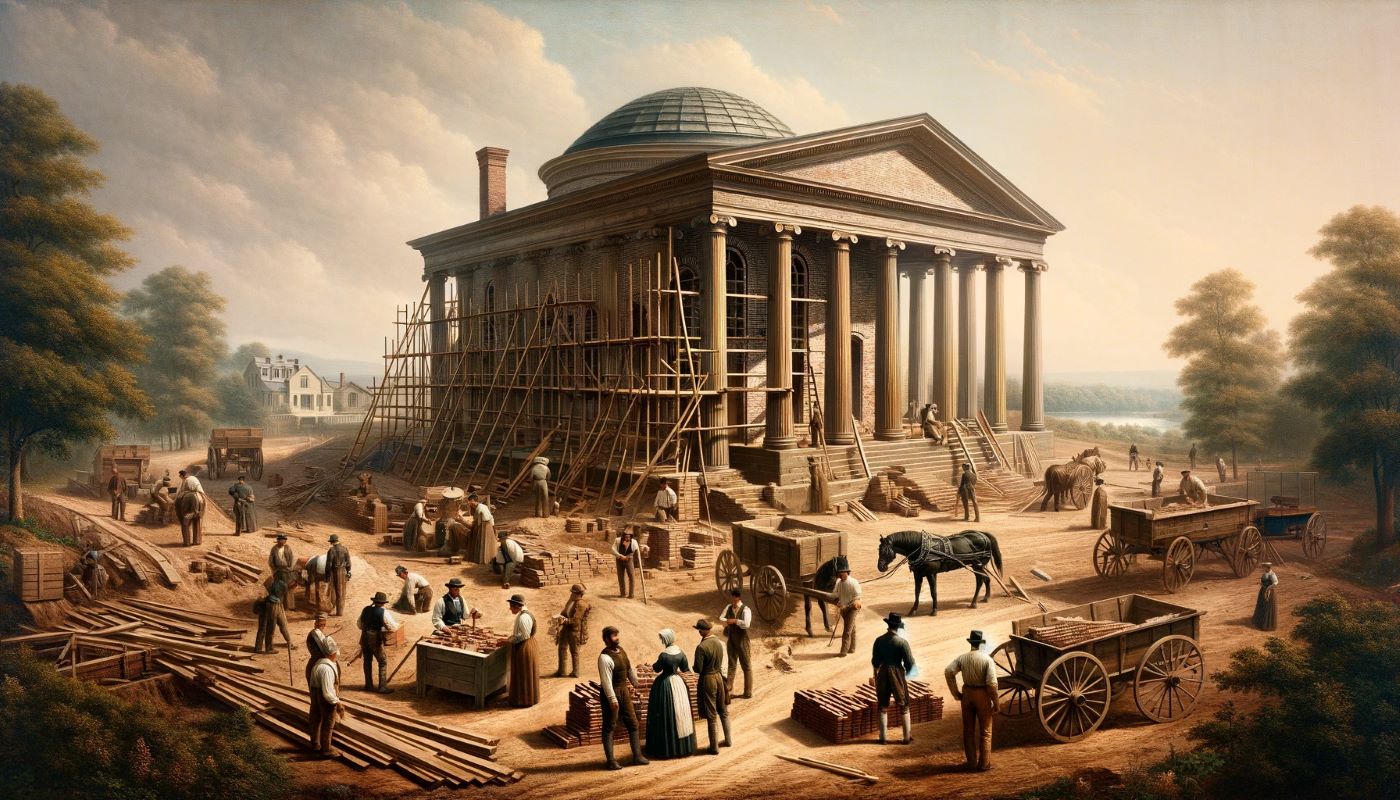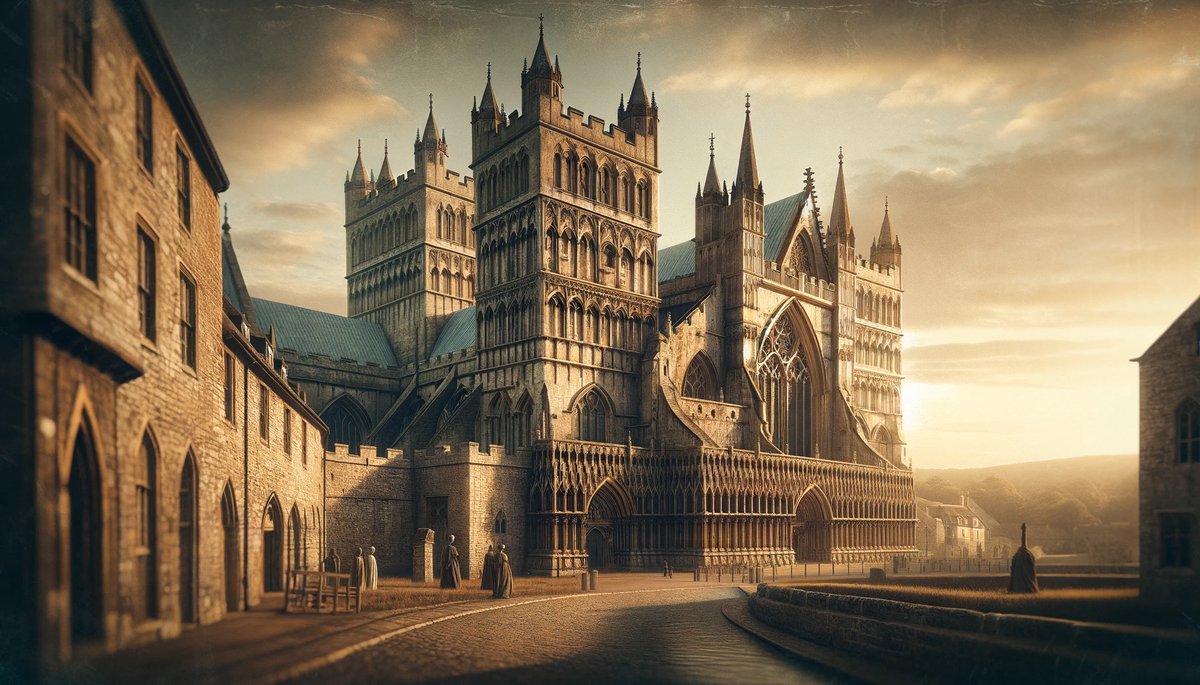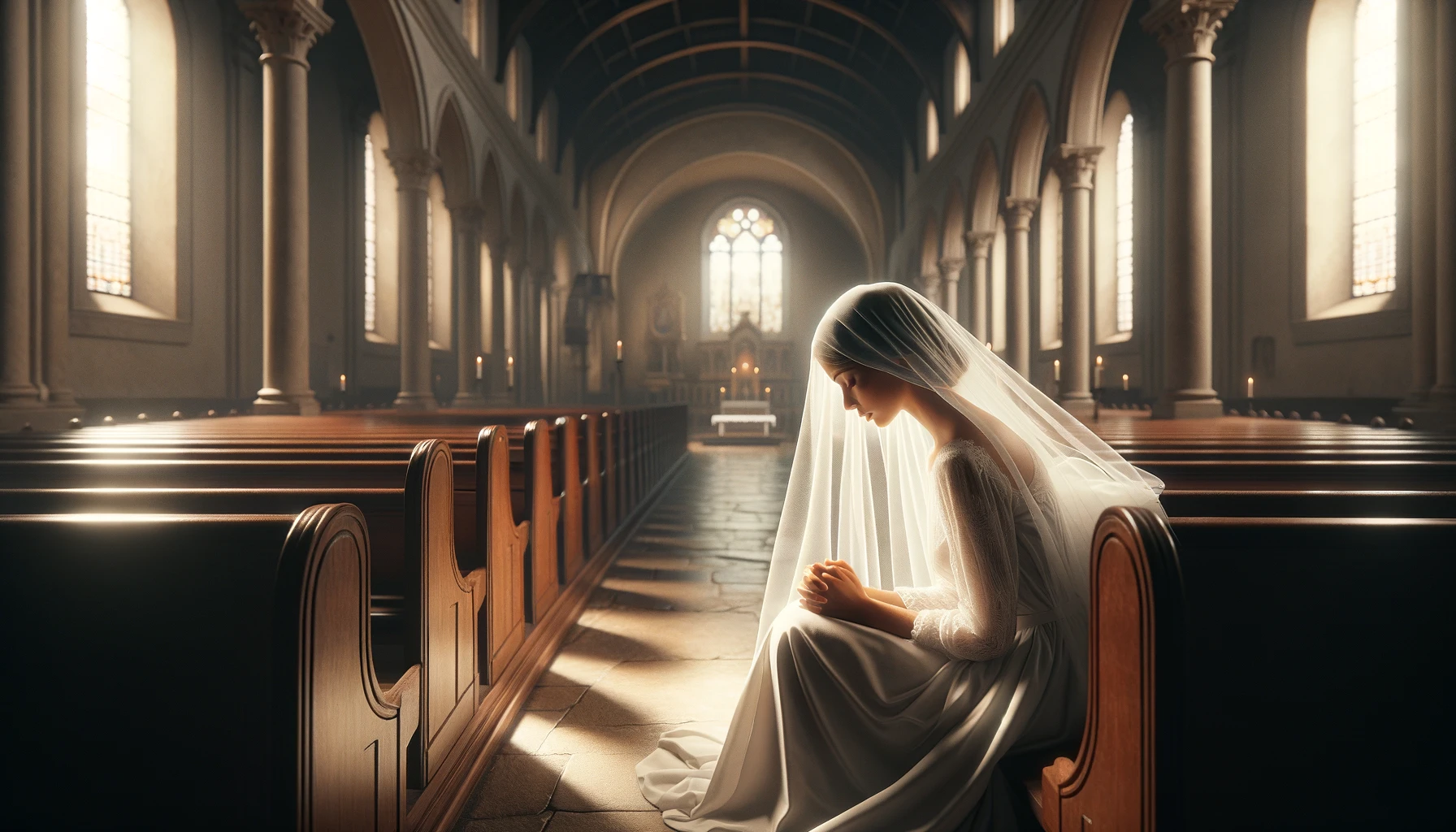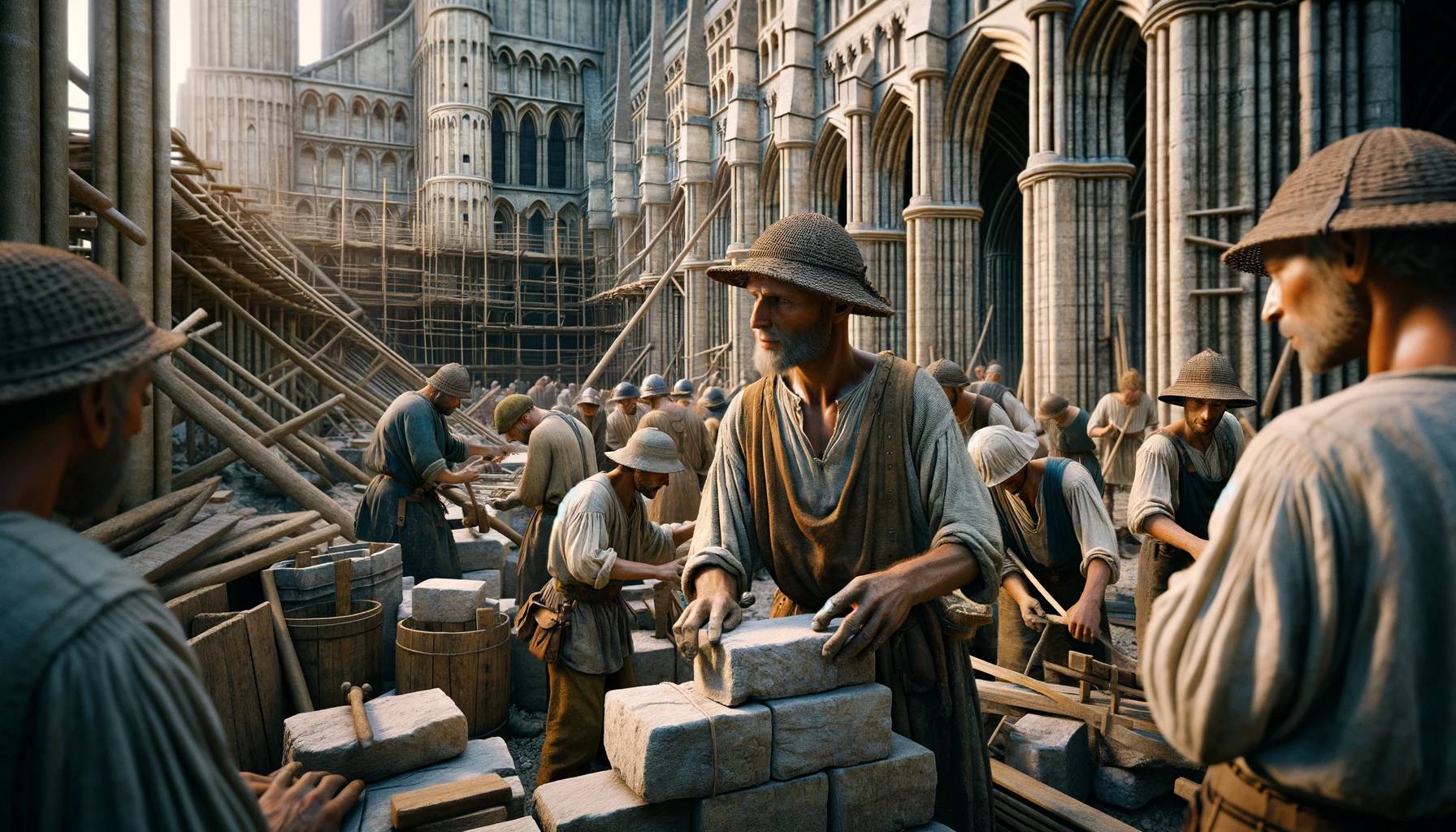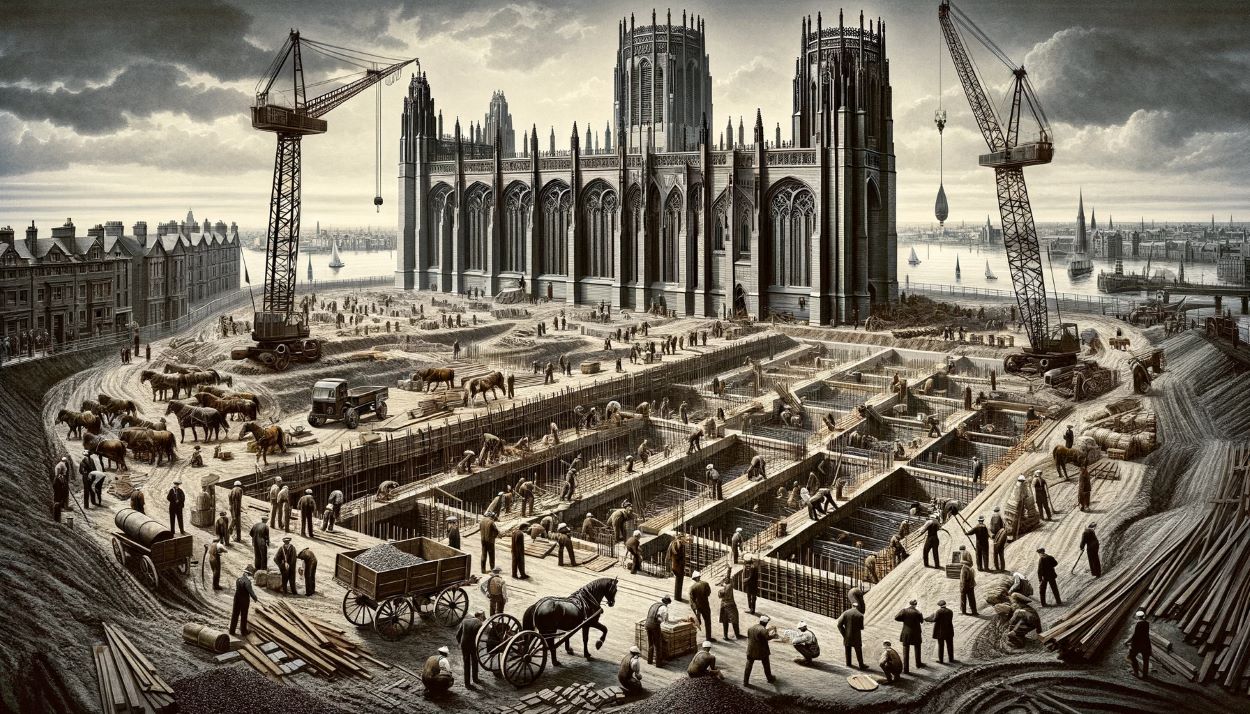Home>Arts and Culture>When Was The Loretto Chapel Staircase Built
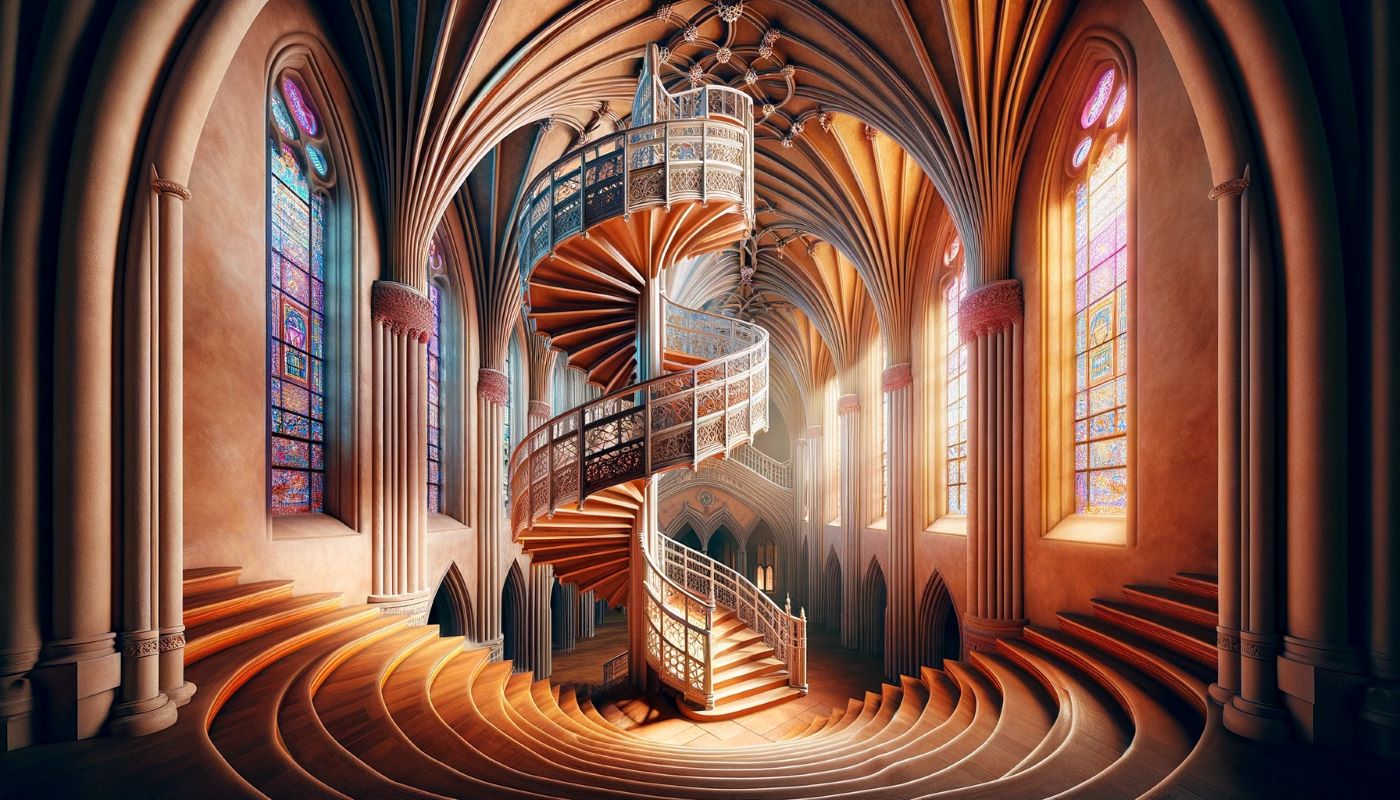

Arts and Culture
When Was The Loretto Chapel Staircase Built
Published: March 4, 2024
Ericka Andersen, an editor at Christian.net, expertly merges digital strategy with content creation, focusing on faith and societal issues. Her communication skills enhance the platform's engaging narratives, fostering meaningful dialogue on belief's impact on society.
Discover the history of the Loretto Chapel staircase and learn about its construction and significance in the arts and culture. Explore the fascinating story behind this architectural marvel.
(Many of the links in this article redirect to a specific reviewed product. Your purchase of these products through affiliate links helps to generate commission for Christian.net, at no extra cost. Learn more)
Table of Contents
The Legend of the Loretto Chapel Staircase
The Loretto Chapel in Santa Fe, New Mexico, is renowned for its miraculous staircase. According to legend, the chapel's construction began in 1873, and the mysterious staircase was built sometime between 1877 and 1881. The legend surrounding this magnificent spiral staircase is what draws visitors from all over the world to witness its enigmatic beauty. The story goes that the chapel's nuns prayed to St. Joseph, the patron saint of carpenters, for a way to access the choir loft, as a traditional staircase would not fit in the small space. Their prayers were seemingly answered when a mysterious stranger arrived and constructed the spiral staircase with simple tools and wooden pegs, without using a single nail. The intriguing nature of the staircase's construction has led many to believe that it was a divine intervention. The mystical aura surrounding the staircase has made it a symbol of faith and wonder for believers and non-believers alike.
Read more: Why Was The White Chapel In Egypt Built
The Construction of the Loretto Chapel
-
The construction of the Loretto Chapel commenced in 1873 under the direction of French architect Antoine Mouly. The chapel was designed in the Gothic Revival style, featuring stunning stained glass windows and ornate spires. However, the initial design did not include a staircase to access the choir loft due to space constraints.
-
The need for a staircase led to the mysterious arrival of a skilled carpenter, who, according to legend, constructed the miraculous staircase. The construction of this unique staircase is a marvel in itself, as it was built without the use of a center support or nails. Instead, the carpenter used wooden pegs to join the spiral steps, creating a self-supporting structure that defied the architectural norms of the time.
-
The construction of the staircase is shrouded in mystery, as the identity of the carpenter remains unknown. Some speculate that the carpenter was St. Joseph himself, disguised as a tradesman in response to the nuns' prayers. Others believe it was the work of an anonymous master craftsman, while some attribute it to divine intervention.
-
The construction of the Loretto Chapel and the miraculous staircase stands as a testament to the dedication and faith of the nuns who sought a solution to their architectural dilemma. The staircase's construction defied conventional methods, leaving an indelible mark on the history of the chapel and captivating the imagination of all who encounter its extraordinary design.
The Mystery of the Loretto Chapel Staircase
The construction of the Loretto Chapel's staircase has sparked numerous theories and speculations, contributing to its enigmatic allure. The most perplexing aspect of the staircase is its architectural design, which defies the conventional methods of the time. The absence of a central support and the use of wooden pegs instead of nails have baffled architects and engineers for decades. The precision and craftsmanship exhibited in the construction of the spiral staircase continue to puzzle experts, leading to the question of how such a feat was accomplished in the late 19th century.
The identity of the carpenter responsible for the staircase remains a subject of debate and fascination. While some attribute the construction to an anonymous master craftsman, others believe it to be the work of divine intervention. The legend of the mysterious stranger who arrived to build the staircase has led to speculation that the carpenter was none other than St. Joseph himself, responding to the nuns' prayers for a solution. This notion has only added to the mystique surrounding the staircase, elevating it to a symbol of faith and divine intervention.
Furthermore, the choice of wood used in the construction of the staircase has added to its mystique. The type of wood, believed to be spruce, is not native to the region, leading to questions about its origin and how it was transported to the site. The sourcing of the wood and the logistics involved in its transportation remain a mystery, adding another layer of intrigue to the already enigmatic construction of the staircase.
The enduring mystery of the Loretto Chapel staircase has captured the imagination of architects, historians, and visitors alike. Its unconventional design, coupled with the absence of definitive answers regarding its construction, has solidified its status as an architectural marvel and a testament to the power of faith and inexplicable wonders. The staircase continues to defy explanation, inviting all who encounter it to ponder the mysteries that lie beyond the realm of human understanding.
The Restoration of the Loretto Chapel Staircase
The preservation and restoration of the Loretto Chapel staircase have been a labor of love and dedication to ensure that this architectural wonder endures for future generations. Over time, the staircase had suffered from wear and tear, requiring extensive restoration to maintain its structural integrity and historical significance. The restoration efforts aimed to honor the craftsmanship of the original construction while addressing the challenges posed by aging and environmental factors.
The restoration process involved meticulous examination and documentation of the staircase's condition, including an assessment of the wood, joinery, and overall stability. Skilled craftsmen and preservation experts collaborated to develop a comprehensive restoration plan that would honor the staircase's original design and construction techniques. The use of traditional woodworking methods and materials was paramount in preserving the staircase's authenticity and historical value.
Careful attention was given to the selection of wood for the restoration, ensuring that it closely matched the original material in both appearance and structural properties. The restoration team sourced high-quality wood that aligned with the historical context of the staircase, upholding the legacy of the original craftsmanship. Additionally, the restoration process incorporated advanced conservation techniques to protect the staircase from future deterioration and environmental impact.
The restoration of the Loretto Chapel staircase also involved the conservation of its surrounding environment, including the chapel's interior and architectural elements. The goal was to create a cohesive restoration that honored the staircase as an integral part of the chapel's historical and cultural heritage. The meticulous restoration work aimed to preserve the staircase as a symbol of faith, ingenuity, and architectural marvel, ensuring that its legacy would continue to inspire awe and wonder for generations to come.
Through the dedicated efforts of preservationists, craftsmen, and conservation experts, the Loretto Chapel staircase was successfully restored to its former glory, reaffirming its status as a cherished marvel of architectural and spiritual significance. The restoration process honored the staircase's rich history and the enduring legacy of the nuns whose unwavering faith led to its creation. The restored staircase stands as a testament to the enduring power of human ingenuity and the timeless allure of inexplicable wonders.

